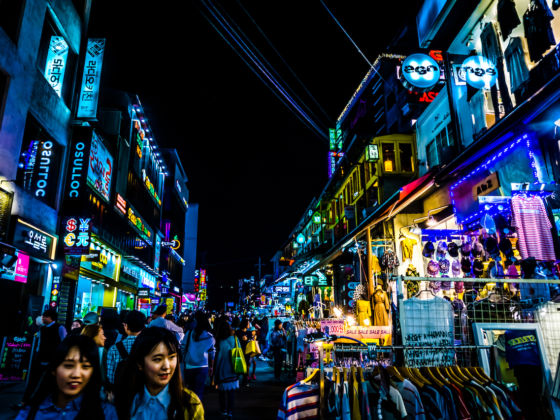Finding great travel tales often entails getting a little dirty. The best stories are the ones that smell, the kind you can’t hope to spot from inside an air conditioned tour bus.
Get down on your hands and knees and poke around, dig into the muck-heap, grab on to something and pull it out into the light.
After you wipe off the grime, you might just see a buried treasure, a story full of hope and resonance and truth that most people would never think was there.
